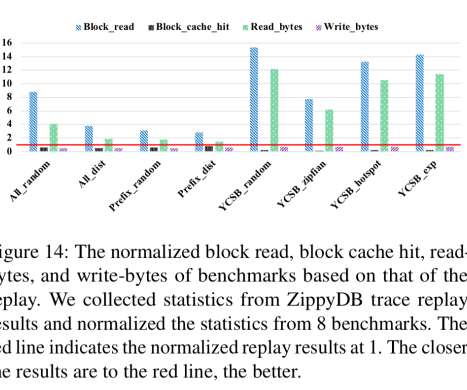Implementing service-level objectives to improve software quality
Dynatrace
DECEMBER 27, 2022
Instead, they can ensure that services comport with the pre-established benchmarks. SLOs can be a great way for DevOps and infrastructure teams to use data and performance expectations to make decisions, such as whether to release and where engineers should focus their time. Latency is the time that it takes a request to be served.













































Let's personalize your content